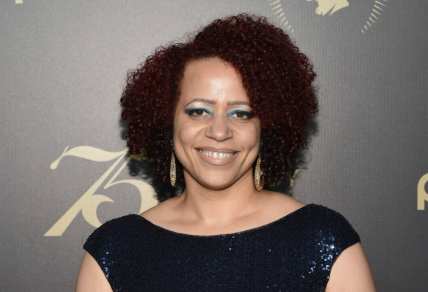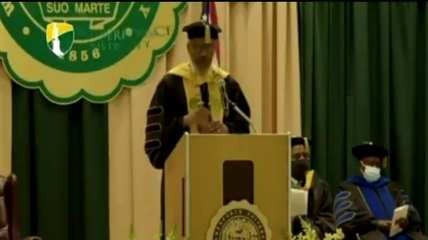Malcolm Gladwell examines why HBCUs score so low in U.S. News & World Report College Rankings
Gladwell’s “Revisionist History” podcast looked deeper into the publication’s ranking system and how little it seems to do with pure academics.
Since 1985, U.S. News & World Report has produced a listing of the top colleges and universities across the nation, and its influence on the decision of furthering one’s education is undeniable. It would be assumed that the media company’s ranking system would be largely free of error, but it appears that the rankings might be biased against historically Black colleges and universities, all while not considering their academic worthiness, record of success and other factors.
Journalist and author Malcolm Gladwell dove deep into U.S. News & World’s top-secret ranking formula by way of his podcast series, Revisionist History. In a two-part special, Gladwell shared how he and a team of researchers were able to crack the algorithm that ranks schools across four categories.
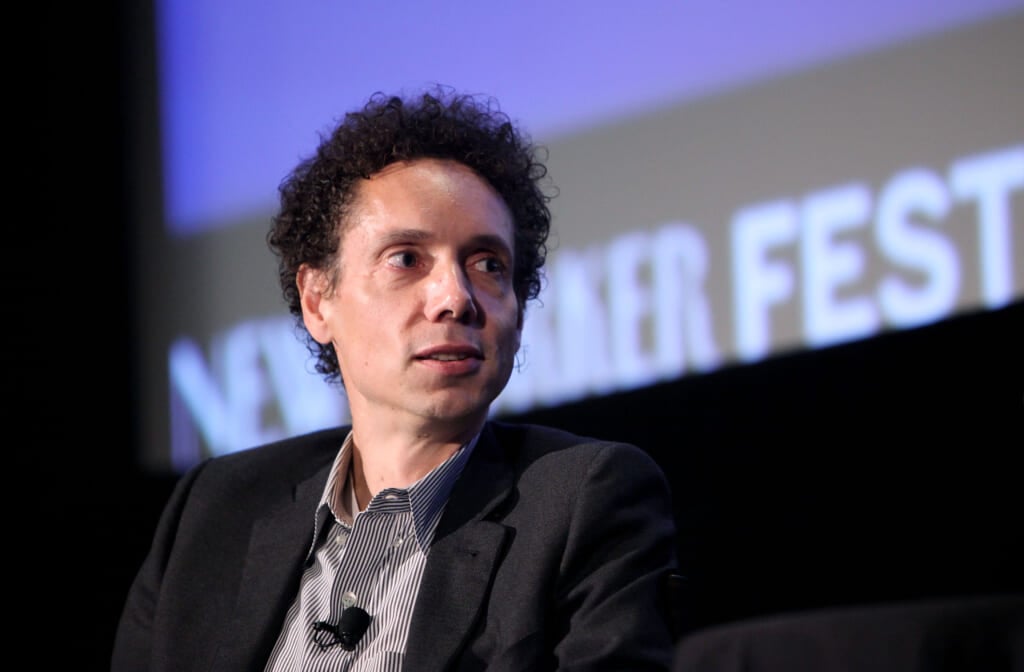
Those categories are National Universities, Liberal Arts Colleges, Regional Universities, and Regional Colleges. U.S. News & World Report compiles data collected from several faculty members and administrators from other schools, and these schools complete an annual survey as well.
For the Lord of The Rankings episode of Revisionist History, Gladwell enlisted the help of Kelly McConville, the assistant professor of statistics at Reed College and one of her former students, Huaying Qiu, with both appearing on the podcast and highlighting how they have effectively hacked the algorithm.
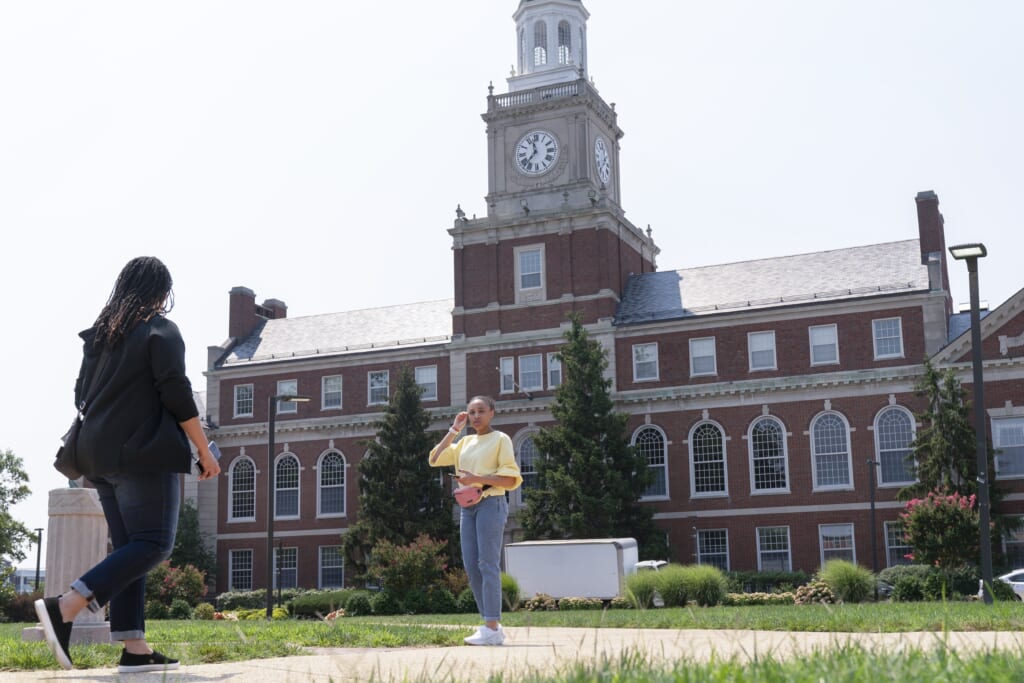
Reed College has not participated in the surveys from U.S. News & World Report rankings since 1995 but continued to be listed, albeit far lower than normal. As it stands, the ranking system almost seems as if it was arbitrary and even more so when one looks at the rankings of HBCUs. In the report’s top 10 HBCUs, Spelman College is at the top and ranked at 54 in the National Liberal Arts Colleges ranks.
For the Project Dillard episode of Revisionist History, Gladwell turned his focus toward New Orleans’ Dillard University, which is currently ranked 22 among HBCUs in the rankings and 171-221 in National Liberal Arts College – bringing U.S. News & World Report’s peer assessment system under deeper examination. Gladwell was joined in the episode by Dr. Walter Kimbrough and the pair looks at the apparent bias against schools like Dillard and the like.
TheGrio had the pleasure of speaking with Gladwell for a brief chat about the two-part series ahead of the July 8 airing of the Project Dillard episode. In the chat, Gladwell’s warm and affable nature cooled slightly when the subject turned to why HBCUs are ignored in the rankings despite all the decks stacked against them.
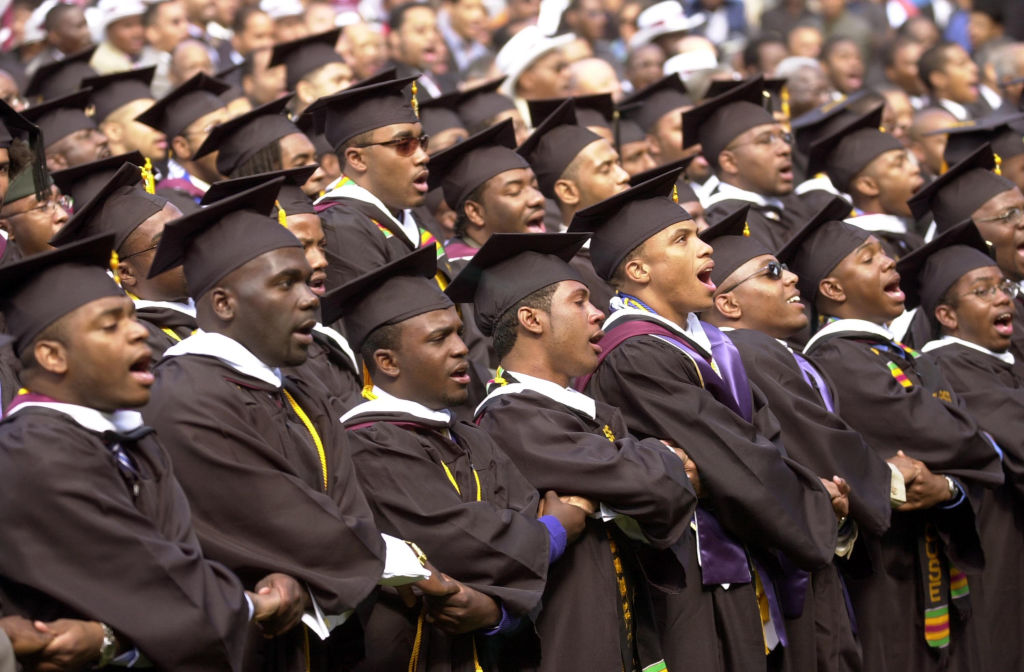
“U.S. News & World Report rankings seems to want to say that depending on the number of students that graduate from the school, the better that school must be,” Gladwell said, speaking to the blind trust parents and potential students are placing in the ranking guide.
He continued, “That is nonsense. Graduation rates are not a function of the quality of education at the school. It is actually a function of the income levels of the students. If you’re from a poor family, and your dad loses his job, or your mom gets sick or something, you’ll have to drop out and go home. It has nothing to do with the school you are attending, it’s got everything to do with the family’s circumstances.”
Gladwell goes on to say that if a school is comprised of a student body from lower-income families, by default the graduation rates will be lower. This then illustrates there is a problem of finances, not educational quality.
“What the rankings are saying in so many words, is that it will penalize a school for attempting to educate lower-income students,” Gladwell adds, explaining the process by using an expletive that expressed that the system is full of it.
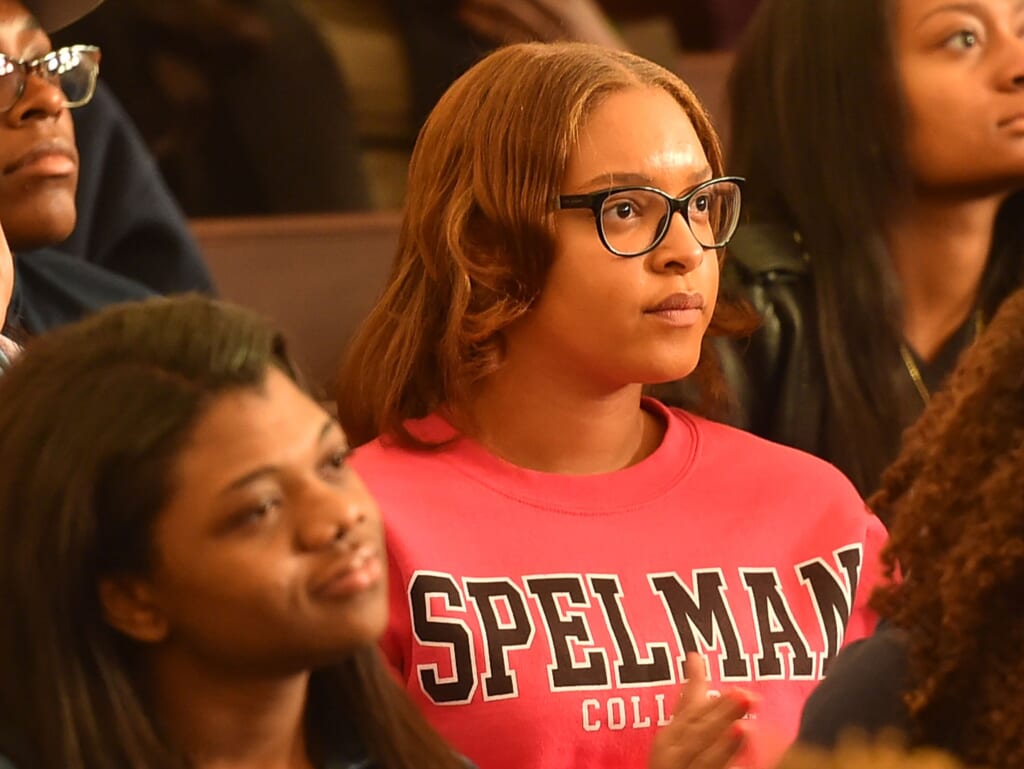
“We have a system that says to you as a college that if you dare to take a chance on a kid who is not from an upper-middle-class family, we will screw you over. What are we doing? It’s 2021, this is complete B.S,” Gladwell concluded.
U.S. News & World Report may not be the powerhouse publication it once was, but its relevance regarding the education pipeline is far too prominent to ignore. In essence, the system it has created largely favors PWIs or predominantly white institutions, according to Gladwell.
It almost frowns upon the position that HBCUs find themselves in and doesn’t consider the outside factors that might impact a student’s trajectory, the author argues.
Gladwell’s deep dive into the U.S. News & World Report college and universities ranking system is well worth a listen, especially for Black families or students ready to take that big step toward higher education. Of the two parts, Project Dillard will have the most resonance among those curious about HBCUs and where they stack up nationally against their PWI counterparts.
To learn more, visit Malcolm Gladwell’s Revisionist History page and start with the Lord of the Rankings episode.
Have you subscribed to theGrio’s new podcast “Dear Culture”? Download our newest episodes now!
TheGrio is now on Apple TV, Amazon Fire, and Roku. Download theGrio today!
